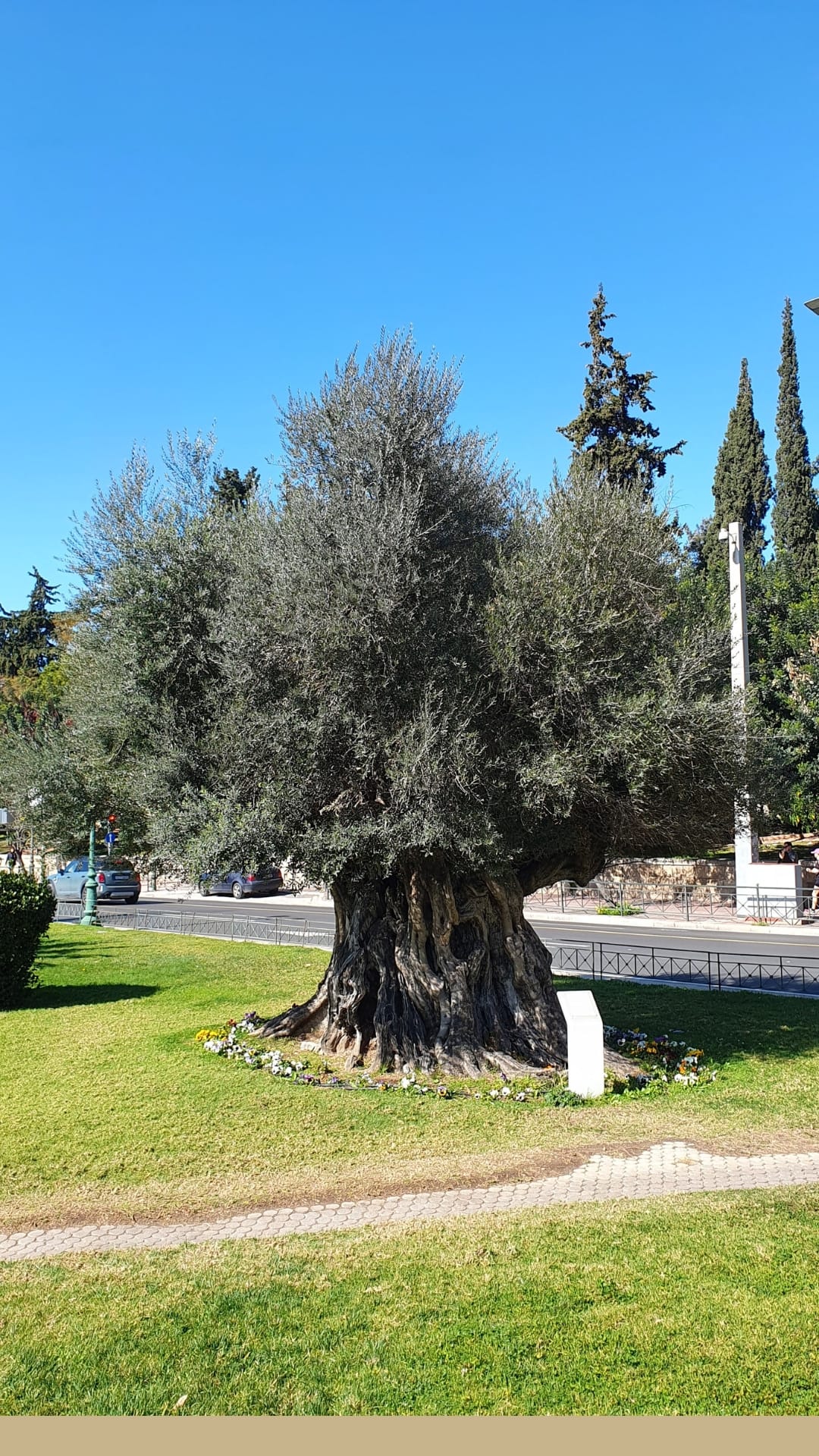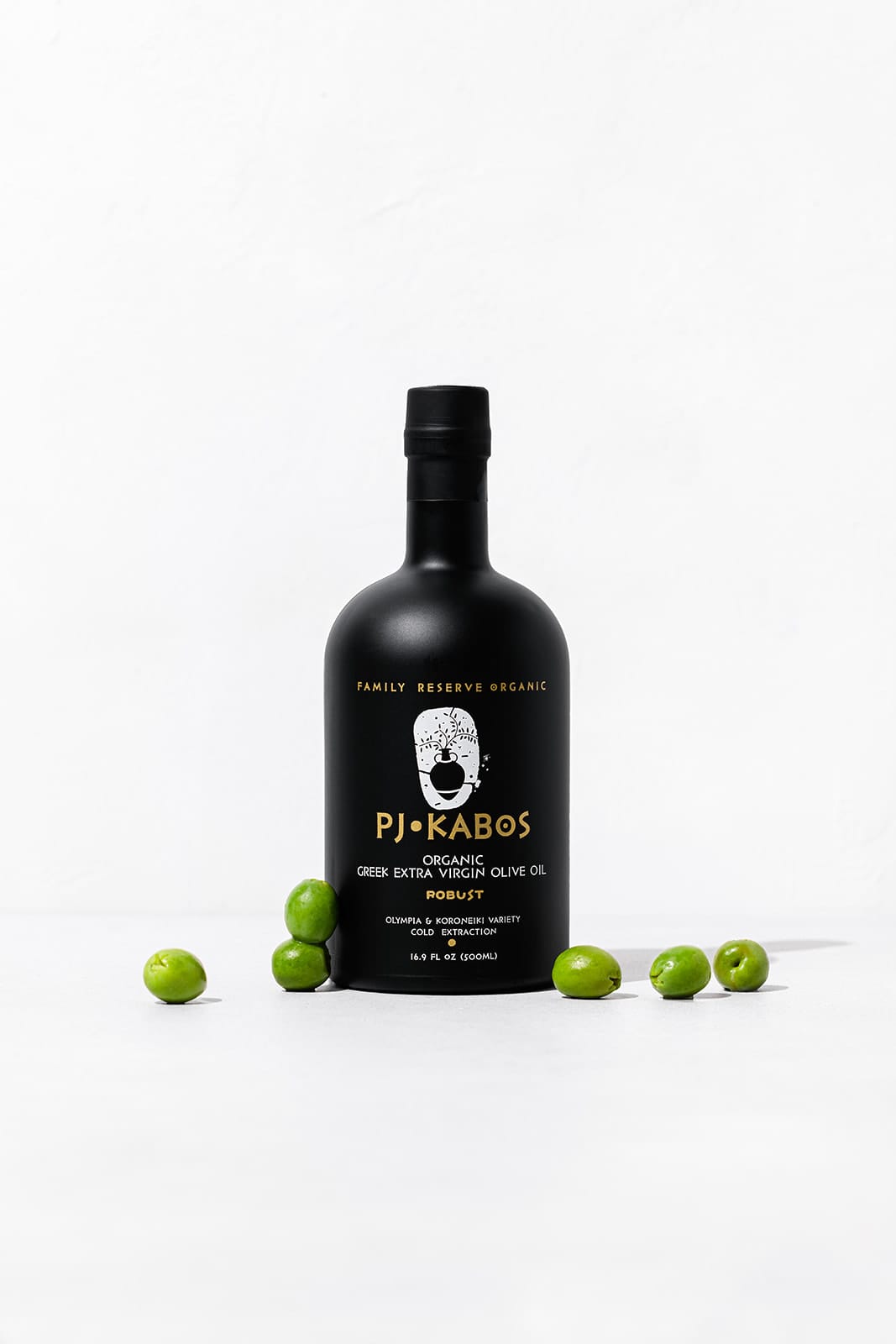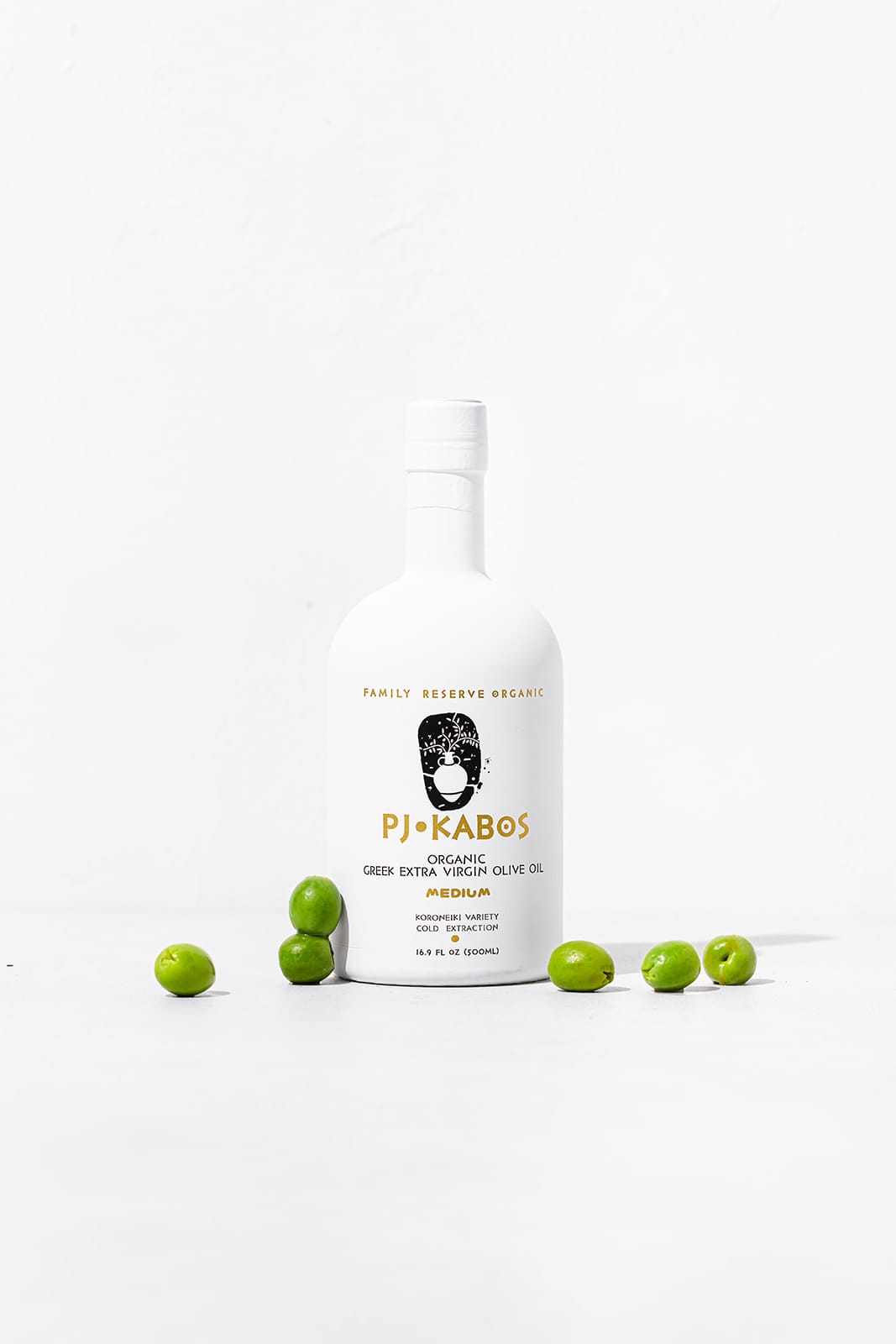February: The Month of Soft Transition
Ever wonder about the subtle dance between January and February in the life of an olive tree?
It is still winter in the Mediterranean, with its mix of occasional cold days, rainy days, but most often, sunny temperate days that tease of spring. The olive trees are pretty much in the same mode as January, still enjoying their light winter slumber.
But with a difference.
February is the month of soft transition, the month when this ancient species begins to stir, sensing the imminent arrival of spring.
February: Around and Under the Olive Trees
What truly sets olive groves apart in February from those in January is the lively scene unfolding around and under the trees. It is a vibrant ecosystem, teeming with life and energy, heralding the soon-to-be arrival of spring upon the land that has been highly and successfully cultivated by man to produce olives for eons (See, The Enigmatic Olive Tree: What Was Its Impact on Ancient Greece? Part 1 & Part 2).

Around the olive groves, the occasional almond, cherry, and plum tree add splashes of soft pink and white, and infusing the Mediterranean air with their sweet fragrance. Amidst these fruit-bearing trees stands the lovely ornamental mimosa, with its delicate fern-like leaves and pom-pom-like flowers that come in shades of yellow, pink, or white. Not typical residents of an olive grove, the sudden burst of color and aroma from all these trees and others is akin to discovering hidden treasure, delighting the senses of humans walking or driving through the silver-tipped evergreens. And, on a whimsical note, perhaps even stirring the innate wisdom of the olive trees themselves. Do they perhaps sense—in their mysterious arboreal way—the February blooming of their random companions?
PJ KABOS Family Reserve Organic - Robust, is an extra virgin olive oil that is high in polyphenols and adds depth, character and great health benefits to every meal.

One thing is for sure, the sounds in the olive groves change with the return of the winged and buzzing inhabitants that are sustained by the February flowering trees and the wildflowers that bloom upon the ground beneath. Since the earth is never blanketed in snow for long, and often only rarely in southern Mediterranean climates, insects and birds begin to make their triumphant entry back to the land. The occasional butterfly can even be seen flittering gracefully among the still snoozing trees while brave bees come out of their hives to eat from the buttercups & yellow mustard growing on the floor of the groves.
And winter-time avian escapees, the warblers, swifts, wheatears, to name just three, return to serenade the olive trees, joining the year-round residence—magpies, robins, goldfinches, doves, etc. On warm and sunny February days, of which there are many, the trees might still be kind of drowsy, but their home—the grove around them—is alive with the sound of insects and birds.
PJ KABOS Family Reserve Organic - Medium, is an extra virgin olive oil that is high in polyphenols and adds a lovely taste and great health benefits to every meal.

February: The Producer's Role
Yet, despite the whispers of warmer days to come, February can still throw a frosty curveball, especially in the northern regions and mountains.

But the savvy producer has a few tricks up their sleeve. They might irrigate the grove before an expected frost, perhaps carefully apply mulch to insulate the soil, or even erect temporary windbreaks. Many farmers in windy areas plan ahead and plant tall cypress trees near groves to protect the trees from the strong winds that whip off the numerous seas in the Mediterranean basin. The diversity of the terrain certainly helps. Groves nestled in valleys, perched on mountain slopes, or by the sea, each offer its own protective embrace against the elements.
February: To Fertilize or Not
February is also a crucial time for producers of olive oil to consider fertilizing their olive trees, but it’s a delicate balancing act and not always done. However, applying fertilizer at the right time—this month—can significantly impact the health and productivity of the trees.
The timing of fertilizer application depends on various factors, including soil conditions, weather patterns, and the specific needs of the olive trees. Producers must assess the soil nutrient levels and consider the upcoming weather forecast before deciding when and if to fertilize.
PJ KABOS Family Reserve - Medium, is an extra virgin olive oil in an easy-to-store tin that is high in polyphenols and adds a lovely taste and great health benefits to every meal.
In Mediterranean regions, where rainfall patterns can be unpredictable, timing is everything. Ideally, fertilizer should be applied just before a significant rainfall to allow the nutrients to penetrate deep into the soil and reach the tree’s root zone. This ensures efficient nutrient uptake by the trees and minimizes the risk of nutrient runoff.
While many farmers opt for non-organic chemical fertilizers to boost production, this approach often comes at the expense of the environment. In contrast, environmentally and sustainably minded producers prioritize the use of natural fertilizers such as manure and compost, along with strictly organic fertilizing methods, to nourish their trees. This not only promotes healthier soil and plant growth but also minimizes negative impacts on the surrounding ecosystem, aligning with principles of environmental stewardship and sustainable agriculture.
PJ Kabos is committed to conscious living and environmentally-friendly fertilizing methods, utilizing only manure, compost, and organic techniques to produce high-quality Extra Virgin Olive Oil and promote sustainable practices.
To promote a healthy microbial community essential for nutrient cycling and overall soil health is the goal in fertilizing in order to positively impact the health and productivity of the olive tree. But this requires careful observation, planning and again, a diligent watch on the climate which, contrary to summer, is volatile during February in the Mediterranean world.

February: Rest for Producer and Trees
In February, the ancient bond between the olive oil producer and his trees is honored with reverence. As the producer allows his trees to rest and rejuvenate in their winter slumber, he meticulously plans the best ways to nurture his cherished trees for the forthcoming season of growth and quality fruit.
Though February may appear quiet, this very stillness and repose bestows strength upon both producer and tree, preparing them to perform at their peak when the time for activity arrives. For the tree, late February resembles the tranquil moments before a person’s nightly sleep—a serene interlude before the day of work arrives.
An olive grove alive with the sounds and sights of February in Greece.
While February’s role may seem insignificant amidst the tree’s yearly activities, it is, in fact, a pivotal month. In the grand tapestry of the olive tree’s life, February’s quietude is a vital thread, weaving resilience, strength and long-life into the fabric of its existence.

The Precious Oil the Olive Trees Give to PJ Kabos...and You
PJ Kabos Family Reserve—Robust

PJ KABOS Family Reserve Organic - Robust, is an extra virgin olive oil that is high in polyphenols and adds depth, character and great health benefits to every meal.
PJ Kabos Family Reserve Organic—Medium Taste

PJ KABOS Family Reserve Organic - Medium, is an extra virgin olive oil that is high in polyphenols and adds a lovely taste and great health benefits to every meal.
PJ Kabos Family Reserve—Medium Taste

PJ KABOS Family Reserve - Medium, is an extra virgin olive oil in an easy-to-store tin that is high in polyphenols and adds a lovely taste and great health benefits to every meal.
We at PJ Kabos hope you liked this glimpse of our olive groves in February. Please join us next month for the special days of March.
Please have a look around our websites, pjkabos.com and oliveoil.com, as well as our Amazon Store for more about our many high-phenolic olive oils, recipes, etc. And follow along with us on Instagram for pretty photos concerning olive oil production, our groves in Greece, family history and more.



